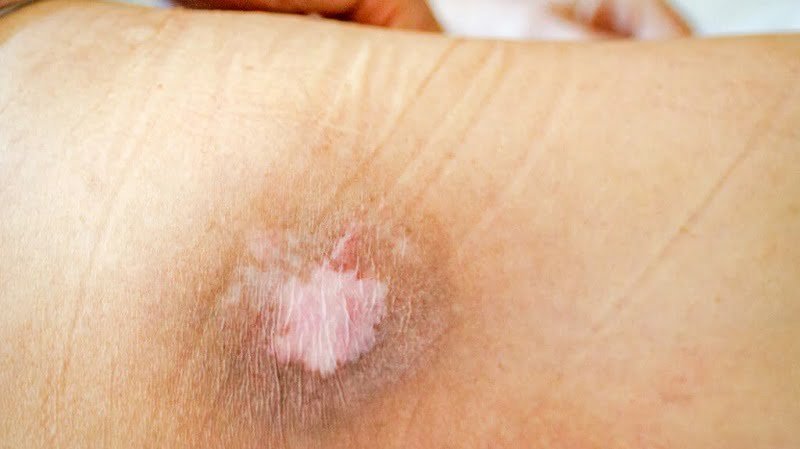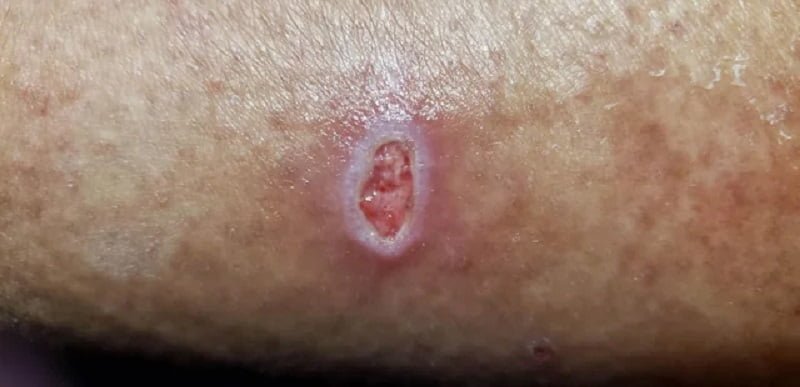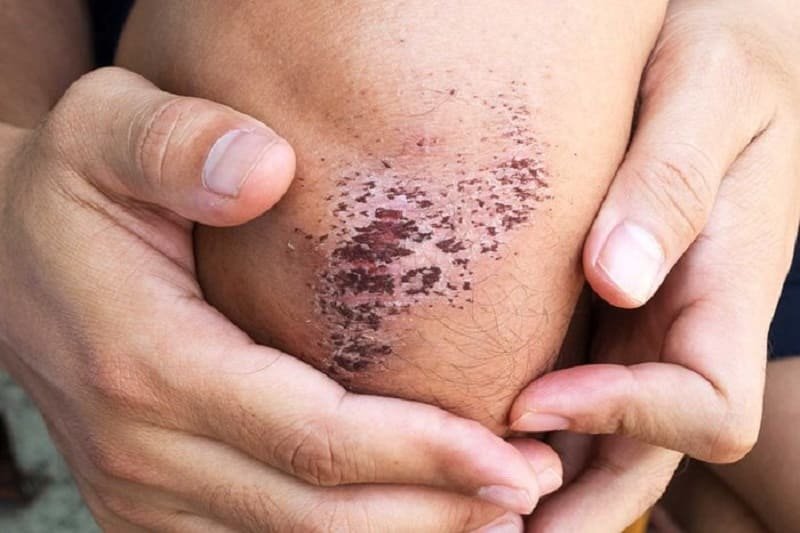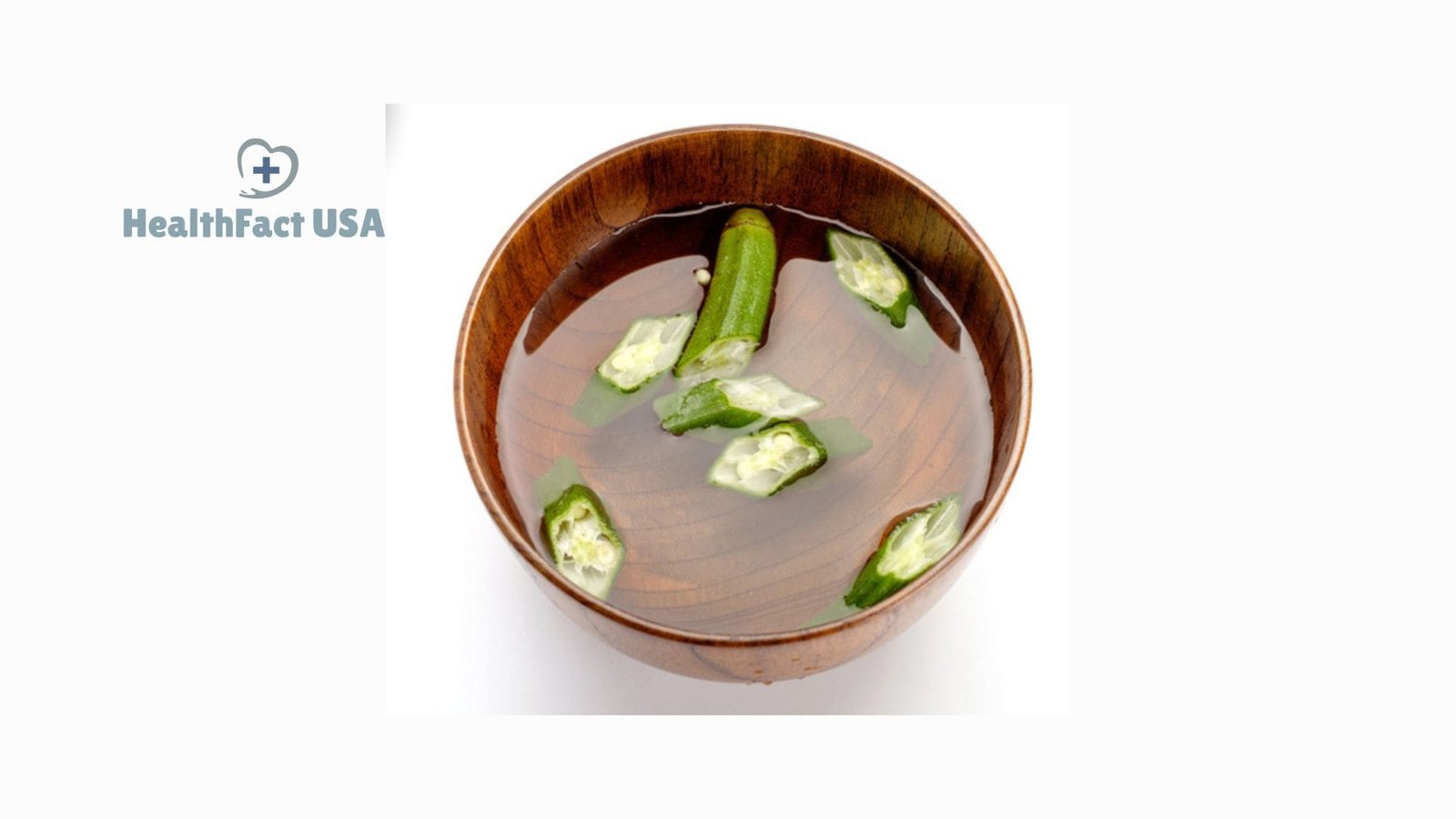Introduction:
The journey of healing after a scab falls off is a crucial phase that requires gentle care and attention. Whether it’s the aftermath of a minor injury, a scrape, or a cut, the emergence of pink skin signifies the beginning of the final stages of recovery. In this blog, we’ll explore effective ways to treat pink skin after a scab falls off, promoting optimal healing and minimizing the risk of scarring.
Gentle Cleansing for Pink Skin: After the scab has fallen off, it’s crucial to keep the treated area clean to prevent infection. Use a mild, fragrance-free soap and warm water to gently cleanse the skin. Pat the area dry with a clean towel, avoiding any harsh rubbing.
Hydration is Key for Pink Skin: Moisturizing plays a crucial role in maintaining the health of healing pink skin. Choose a hypoallergenic moisturizer and apply it to the pink skin regularly. Keeping the pink skin hydrated helps prevent dryness, reduces flakiness, and supports the overall healing process.
Shield from the Sun for Pink Skin: Protecting the newly exposed pink skin from the sun is essential. Apply a sunscreen with at least SPF 30 to shield the pink skin from harmful UV rays. If possible, cover the pink skin with clothing to provide an extra layer of protection.
Resist the Urge to Pick at Pink Skin: It’s tempting to pick at peeling or dry skin, but this can hinder the healing process and increase the risk of scarring. Encourage patience and advise against picking at the delicate pink skin as it continues to regenerate. if Scab is thick it will Create more Temptation.
Topical Treatments for Pink Skin: Consider using over-the-counter creams or ointments containing ingredients such as aloe vera, vitamin E, or calendula for the pink skin. These can have soothing properties and aid in the healing of the pink skin.
Gentle Exfoliation for Pink Skin: To promote the removal of dead skin cells and encourage new skin growth in the pink skin, incorporate gentle exfoliation into your routine. A soft washcloth or a mild exfoliating scrub can be used, but be cautious not to be too abrasive.
Nutrient-Rich Diet for Pink Skin: Support the healing process of the pink skin from the inside out by maintaining a healthy and balanced diet. Foods rich in vitamins A, C, and E, as well as zinc, contribute to overall pink skin health.
Patience Pays Off for Pink Skin: Understand that the pink skin will gradually regain its normal color and texture with time. Patience is key during this phase of recovery, and pushing the process may lead to complications.
Consult a Dermatologist for Pink Skin: If concerns persist or you notice unusual changes in the healing process of the pink skin, it’s advisable to consult with a dermatologist. A professional opinion can provide personalized advice based on your specific situation.
Conclusion:
Caring for pink skin after a scab falls off is a delicate but essential process. By following these tips, you can nurture your healing pink skin, reduce the risk of scarring, and promote a smooth recovery. Remember, treating your pink skin with care is an investment in its long-term health and appearance.
Faq Related to " How to treat pink skin after scab falls off"
Treating pink skin is crucial for optimal healing and minimizing the risk of scarring. Proper care helps maintain the skin’s health, texture, and appearance after the scab has fallen off.
It’s recommended to use a mild, fragrance-free soap and warm water for cleansing. This helps prevent infection and ensures gentle care for the delicate healing skin.
Hydration is key. Apply a hypoallergenic moisturizer regularly to the pink skin to prevent dryness and promote overall healing. Consider moisturizing at least twice a day or more if needed.
Protecting pink skin from the sun is crucial to prevent hyperpigmentation and further damage. Use sunscreen with at least SPF 30 and consider covering the area with clothing for added protection.
Yes, it’s common for the healing skin to go through a peeling phase. Avoid picking at the peeling skin to allow natural exfoliation and minimize the risk of scarring.
Patience is essential. While you can follow the recommended care routine, trying to speed up the process may lead to complications. Allow the skin to heal naturally over time.
Yes, maintaining a nutrient-rich diet with foods high in vitamins A, C, and E, as well as zinc, can support the overall healing process of pink skin from the inside out.
Yes, consider using creams or ointments containing soothing ingredients like aloe vera, vitamin E, or calendula. Ensure they are suitable for your skin type and follow the recommended usage.
If you have concerns about scarring, persistent redness, or any unusual changes in the healing process, it’s advisable to consult with a dermatologist for personalized advice and guidance.
The duration varies for each individual, but with proper care and patience, pink skin will gradually regain its normal color and texture over time.











